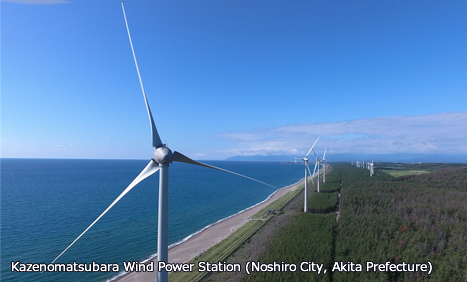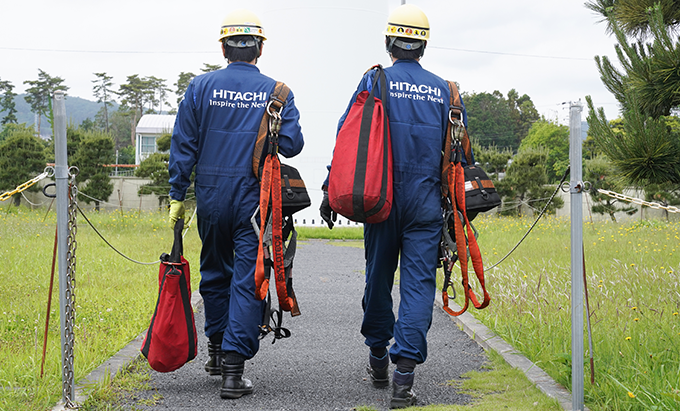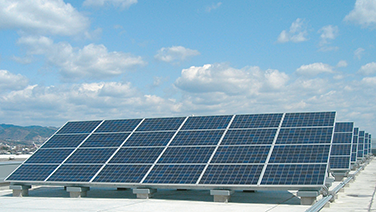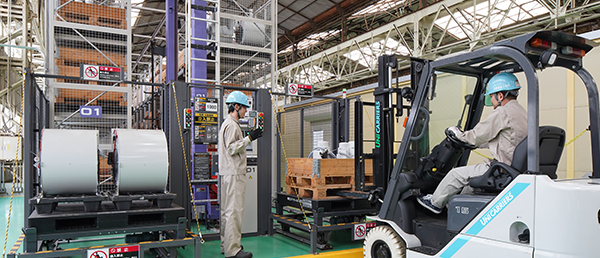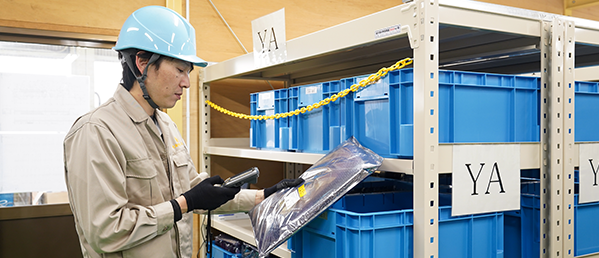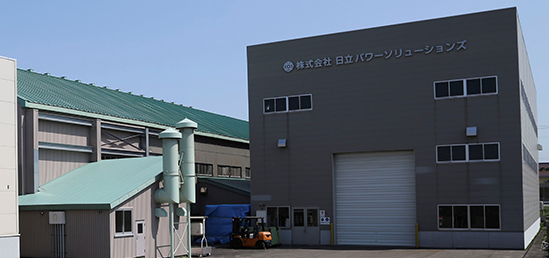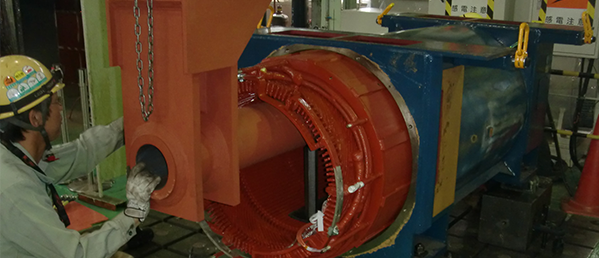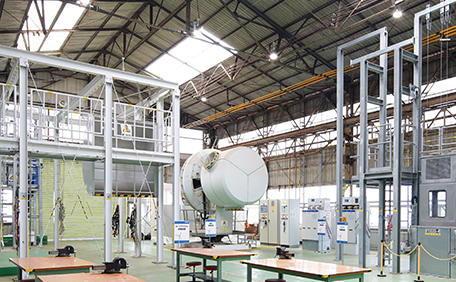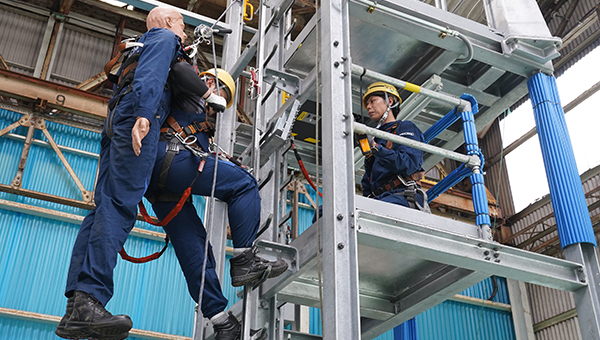Offered Value and Effects of Introduction
Field capabilities and maintenance agreements tailored to the diverse needs of customers
The strength of our maintenance services lies in the field capabilities of our personnel. Since its founding, Hitachi Power Solutions has been engaged in facility upkeep and maintenance services primarily in the electric power, energy and social infrastructure fields, and we have amassed a wealth of expertise in control and operational technology (OT). What’s more, through EPK(ENERCON Partner Konzept) NIHON, Long Term Service Agreement (LTSA), tailored to the diverse needs of customers, we guarantee operating rates and mitigate the issues and risks that occur in the operation of a wind power generation business.
A service structure offering peace of mind by covering everything up to repairs in-house
At the Remote Monitoring and Support Center located at our head office in Hitachi, Ibaraki Prefecture, in Japan, we perform facility monitoring and perform wind power plant operational tasks on behalf of customers 24 hours a day, 365 days a year. We also coordinate with service centers throughout Japan to quickly respond to equipment maintenance and operational needs. Thanks to fully equipped parts centers that stores spare components for wind power generation systems, we have developed a system to ensure the immediate delivery of maintenance components and early restoration of systems. In addition, when major components of wind power generation systems experience trouble, we dispatch maintenance personnel from our service centers across Japan. When more detailed investigations are required, we can perform checks and repairs at our own service plant.
Enhancing maintenance services through human resource development
Hitachi Power Solutions maintains training centers to develop maintenance personnel for wind power generation systems in Hitachi, Ibaraki Prefecture and Noshiro, Akita Prefecture, in Japan. The Hitachi Training Center in Ibaraki Prefecture was established inside our plant in 2006, in the early stages when wind power generation began to spread in Japan. In addition to classroom instruction, we offer simulations for handling equipment failures, technical training for parts replacement, and safety training including evacuation from high places and emergency rescue. We foster the development of maintenance and inspection personnel with a high degree of safety awareness in an effort to further enhance the services we provide.


